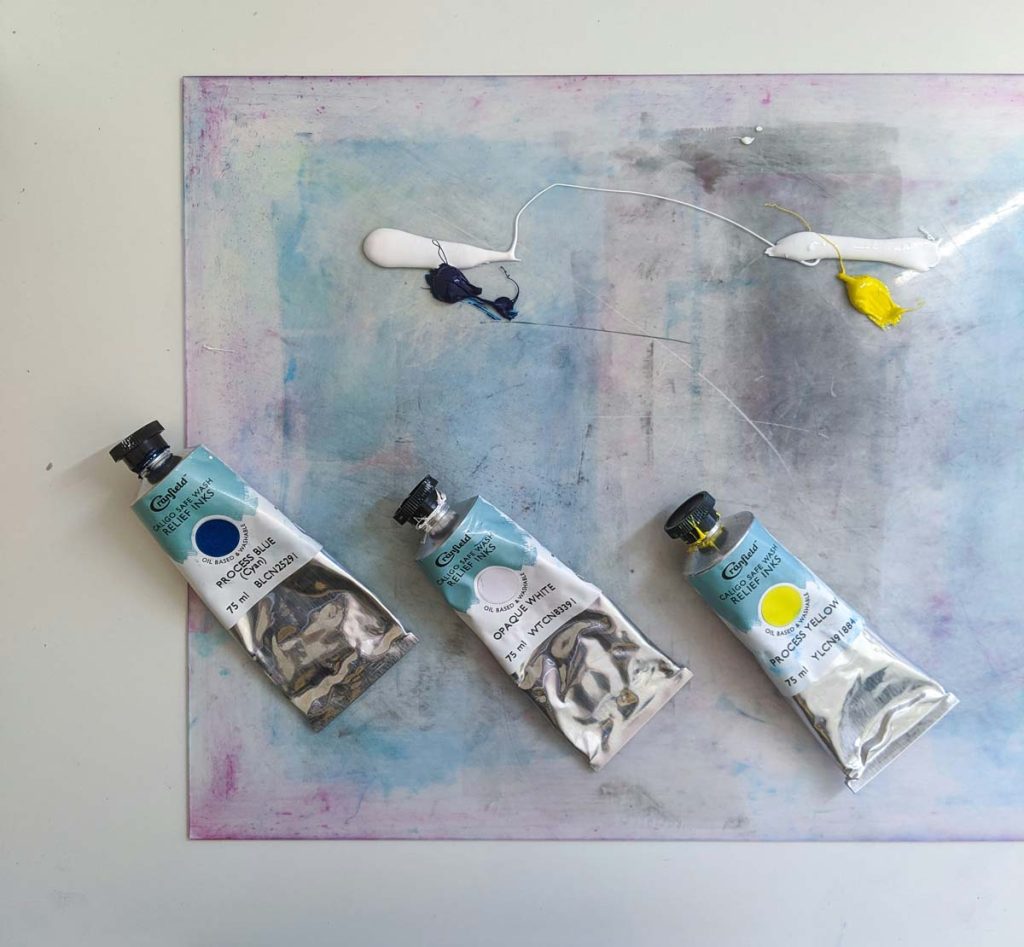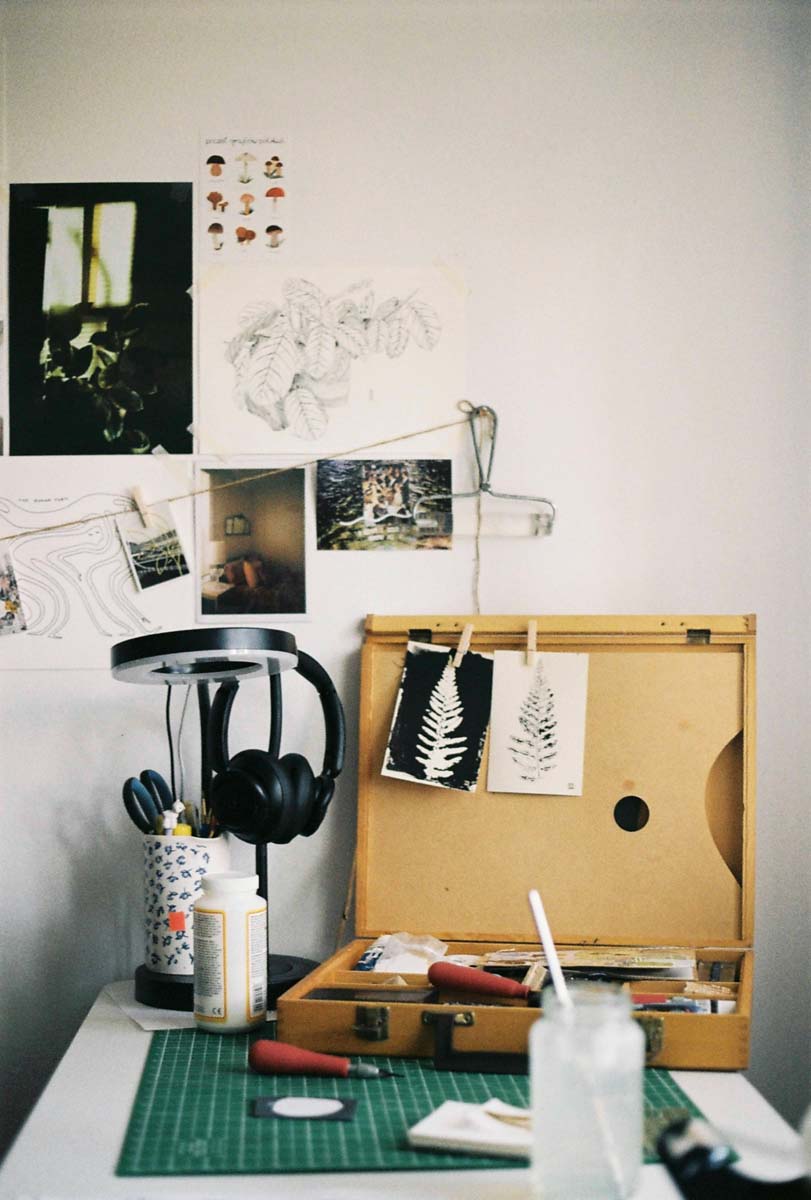Printmaking is the process of creating artworks by printing. This is normally done on paper, but also on fabric, wood, metal, and other surfaces. "Traditional printmaking" normally covers only the process of creating prints using a hand processed technique.
Techniques
All printmaking processes except monotyping have the capacity to produce identical multiples of the same artwork: a print. Each print produced is considered an "original" work of art, and is known as an "impression", not a "copy". However, impressions can vary considerably, whether intentionally or not. Master printmakers are technicians who are capable of printing identical "impressions" by hand. A print that copies another work of art, especially a painting, is known as a "reproductive print".
Prints are created by transferring ink from a matrix to a sheet of paper or other material. Common types of matrices include: metal plates for engraving, etching and related intaglio printing techniques; stone, aluminum, or polymer for lithography; blocks of wood for woodcuts and wood engravings; and linoleum for linocuts. Screens made of silk or synthetic fabrics are used for the screen printing process. Other types of matrix substrates and related processes are discussed below.
History
Multiple impressions printed from the same matrix form an edition. Since the late 19th century, artists have generally signed individual impressions and number them to create limited editions. The matrix is then destroyed so that no more prints can be produced. Prints may also be printed in book form, such as illustrated books or artist's books.
Color
Printmakers apply color to their prints in many different ways. Often color in printmaking that involves etching, screen printing, woodcut, or linocut is applied by either using separate plates, blocks or screens. In multiple plate color techniques, a number of plates, screens or blocks are produced, each providing a different color. Each block will be inked up in a different color and applied in a particular sequence to produce the entire picture. On average about three to four plates are produced. Every application of another plate of color will interact with the color already applied to the paper. The lightest colors are often applied first, and then darker colors successively until the darkest.

